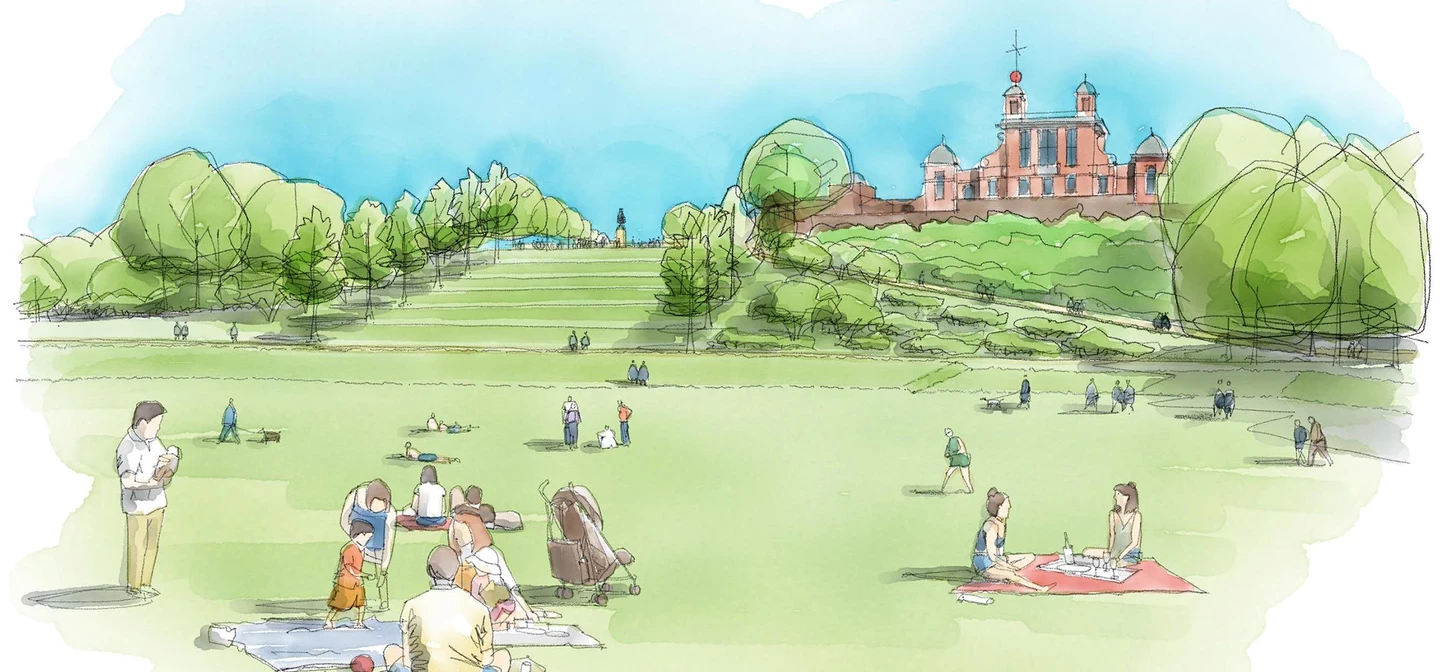
Historic landscape restoration
We have begun a three-year plan to protect and restore Greenwich Park’s threatened 17th century landscape, before its unique features are lost forever.
17th century splendour – the Grand Ascent, Parterre and Tree Avenues
In the 17th century, King Charles II remodelled the park to a formal design by André Le Nôtre - gardener to Louis XIV of France and the landscape architect who designed the gardens of the Palace of Versailles. Henry VIII’s wild hunting ground was transformed into an impressive, Baroque landscape with grand gardens and sweeping tree avenues.
Disappearing landscape
But today, these historic features are barely discernible and are in danger of disappearing forever due to erosion over the centuries, unless urgent action is taken to protect the park now.
The avenues were originally planted with elm trees that were wiped out by Dutch elm disease. They were re-planted with Turkey oak trees in the 1970s, but these are a poor-quality species and today the trees are severely squirrel damaged and in decline. The Turkey oak trees in the park are often infected by Oak Processionary Moth and Knopper Gall wasp (a pest of our native oak tree). Several trees have already died, leaving gaps.
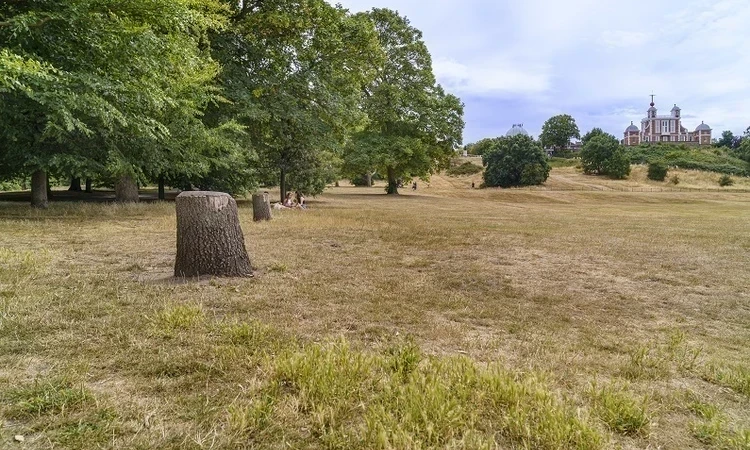
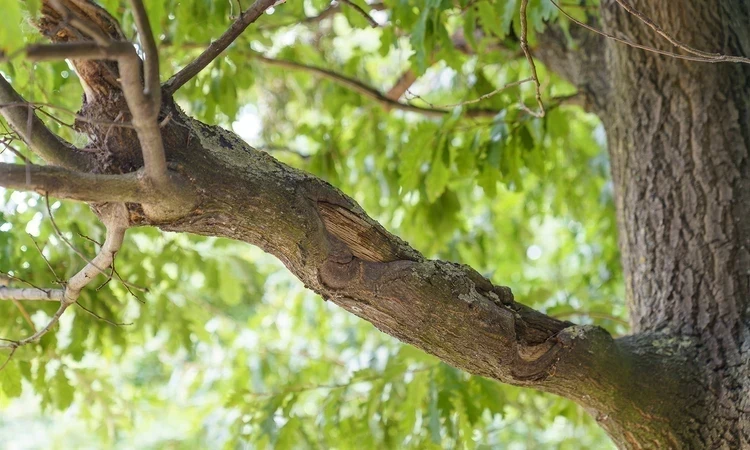
The revival
We will restore this historic landscape, reviving the view that was created for Charles II, and protecting it for everyone to enjoy, for generations.
We will restore the declining tree avenues in carefully managed phases over 3 years by removing the damaged Turkey oak trees, and a small number of severely damaged beech trees, and planting a net increase of new trees: native, more resilient, semi-mature, wildlife-friendly lime and elm trees. We won't remove any trees planted before the 1970s.
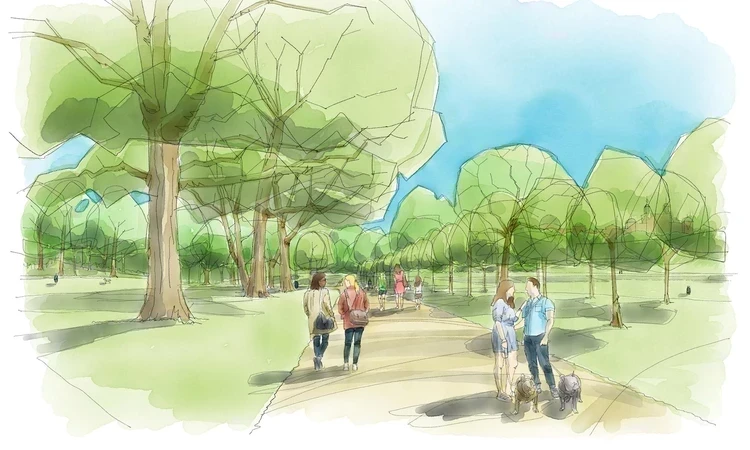
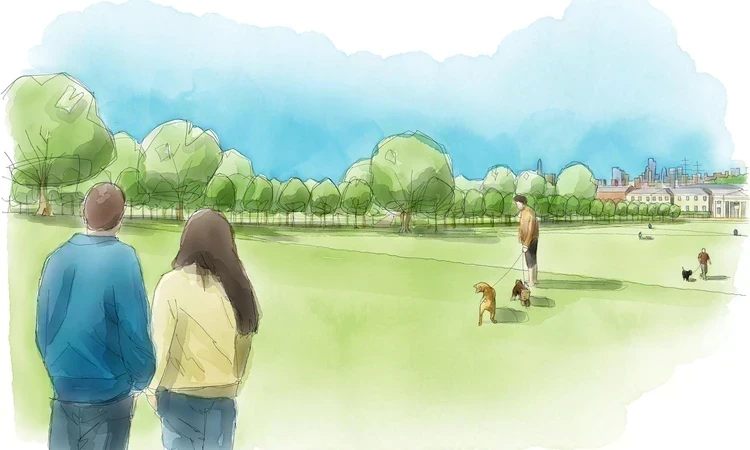
The new tree avenues will provide long-term benefit for wildlife, with flowering limes providing nectar. More disease-resistant elms will provide a habitat for the protected White-letter Hairstreak butterfly and will mark a return to the original planting plan of the 1660s.
The restoration of the tree avenues will ensure that foraging habitat and movement corridors for birds, bats and other wildlife will be retained for years to come.
- We will install several irrigation points connecting to ground water to sustainably overcome challenges of fast-draining soil.
- We will also enhance 7,000 square metres of woodland areas across the wider park, comprising native, diverse and wildlife-friendly trees, to boost carbon absorption and enhance biodiversity.
- We will simultaneously use cutting-edge landscape design to redefine the banking and steps.
- We will enhance the valuable acid grassland environment, to support wild grasses, flowers and invertebrates. The landscape restoration will expand valuable acid grassland habitats found in the park, providing foraging habitat for pollinators and birds, with specific opportunities incorporated for ground nesting bees and wasps.
Parterre Avenue restoration timeline
Full plan
The full plan of the project works from Year 1 to 3.
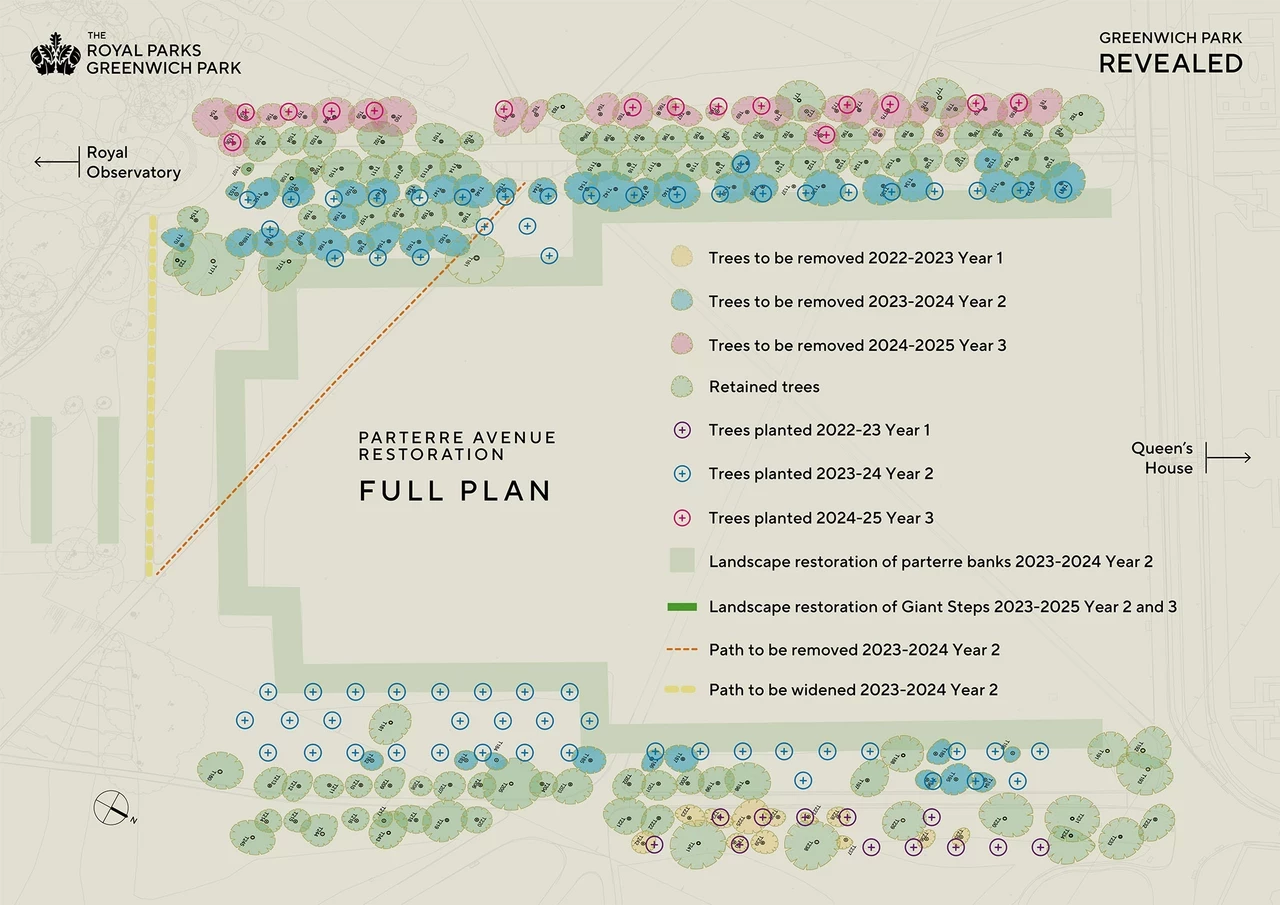
Year 1 completion
Snapshot of the tree avenues following the phased restoration works delivered at Year 1.
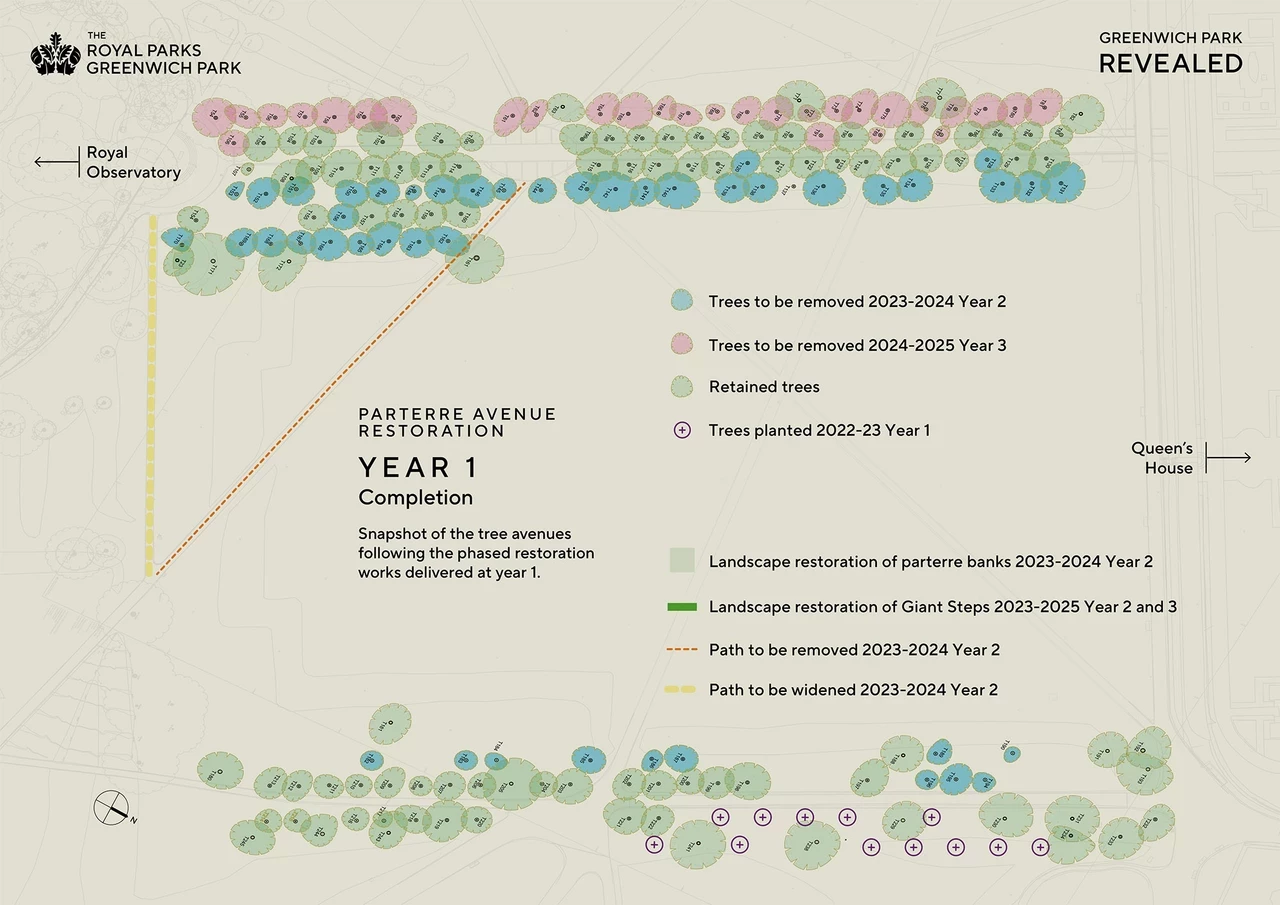
Year 2 completion
Snapshot of the tree avenues following the phased restoration works delivered at Year 2.
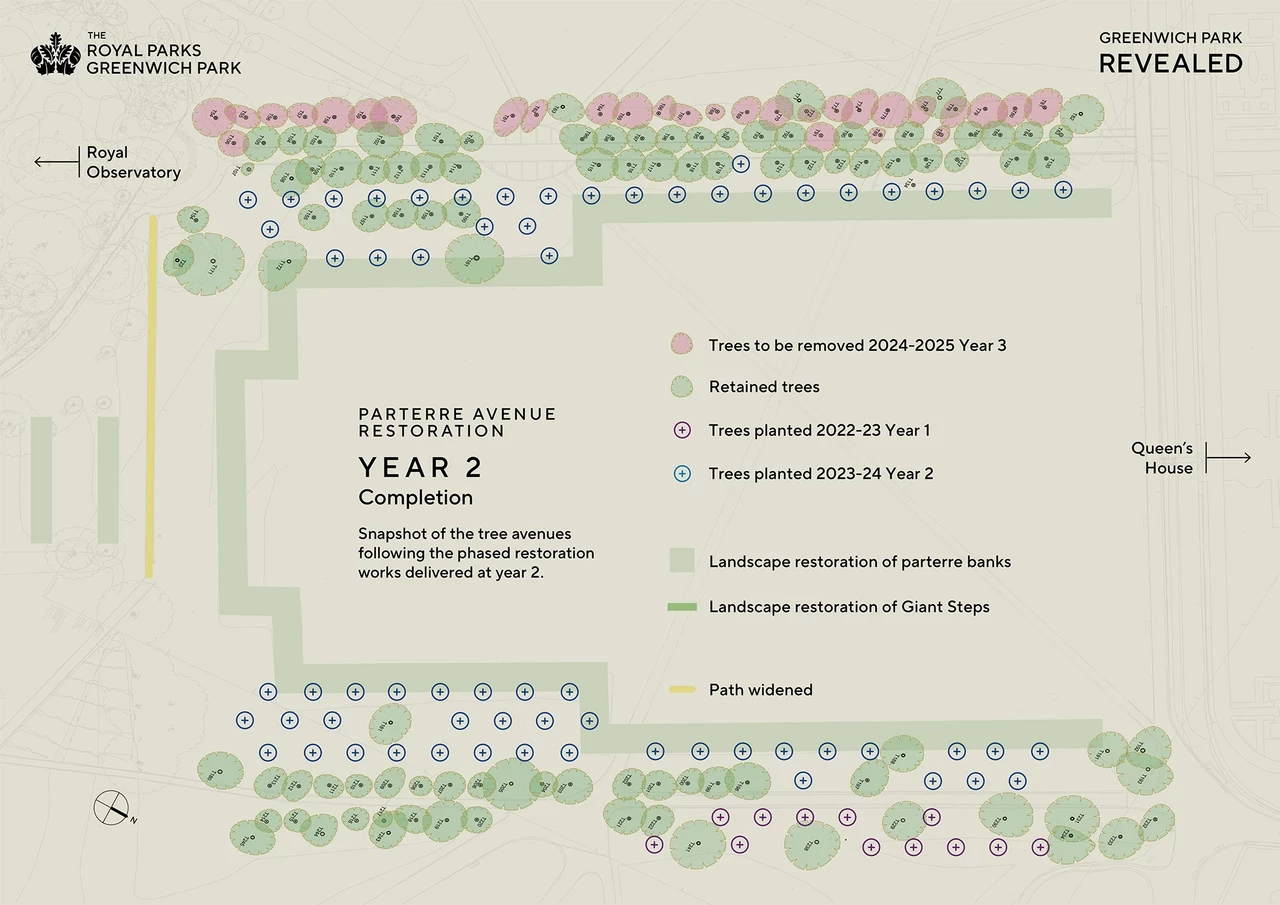
Year 3 completion
Snapshot of the tree avenues following the phased restoration works delivered at Year 3.
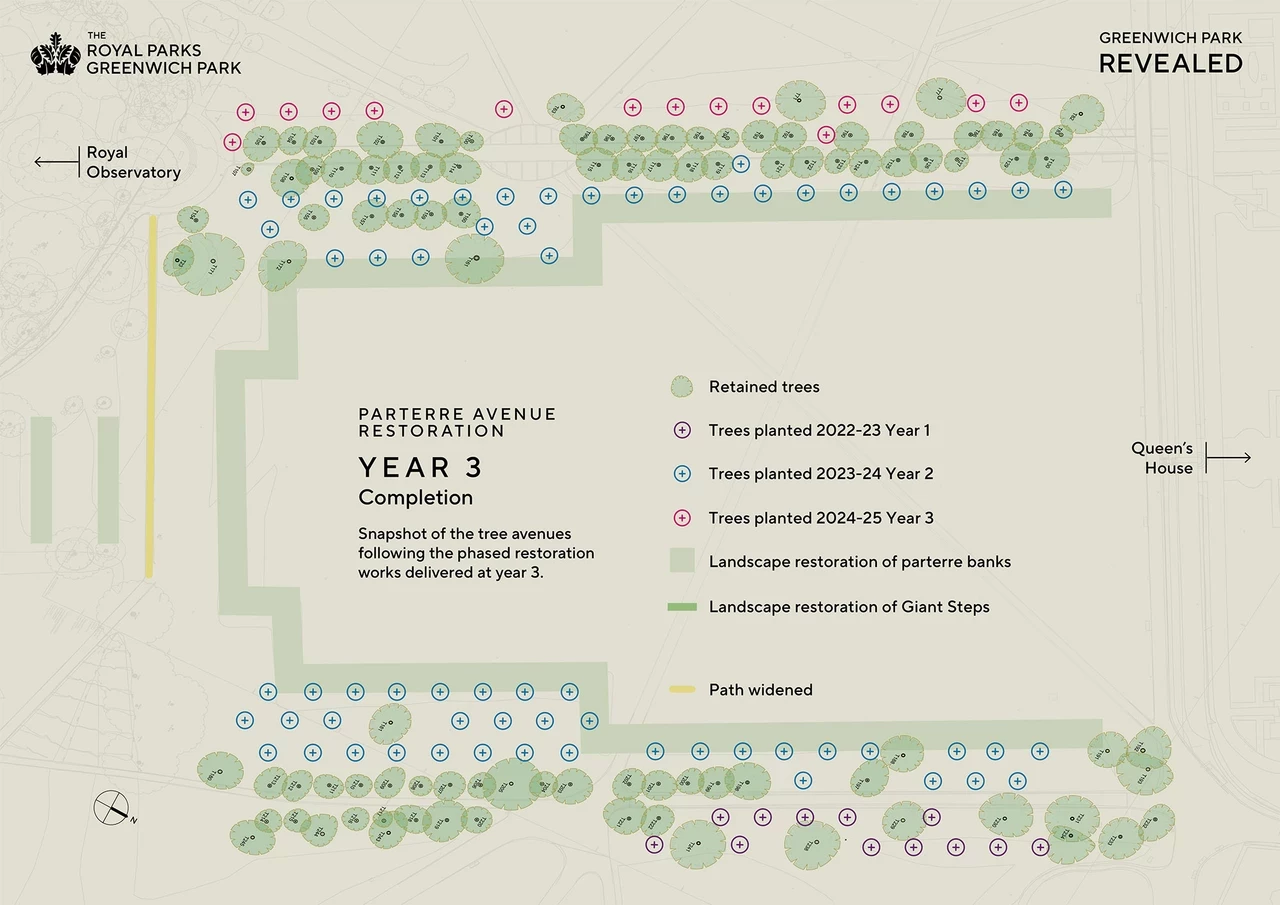
-
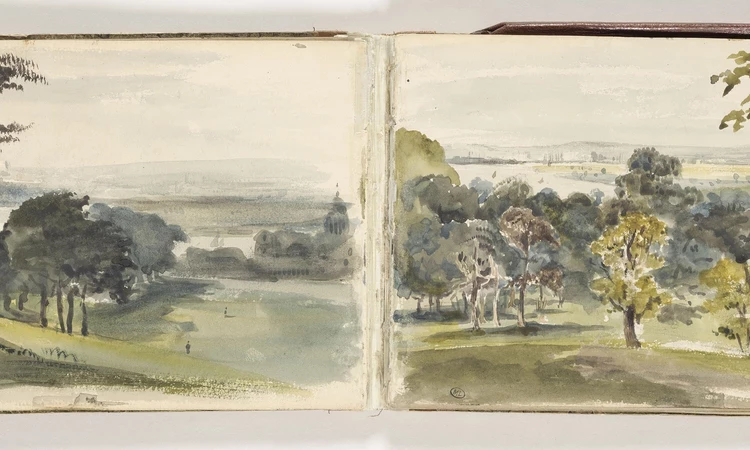
The trees of Greenwich Park
There are more than 3,000 trees in Greenwich Park including ancient chestnuts, veteran oaks, majestic planes and evergreen cedars.